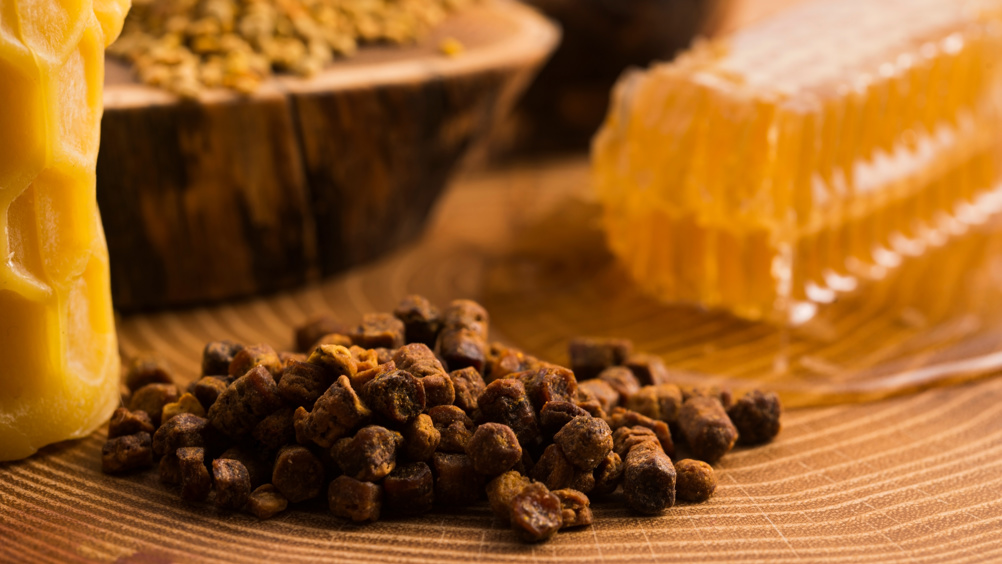References
Expression of nucleolin, nucleophosmin, upstream binding transcription factor genes and propolis in wound models

Abstract
Objective:
Nucleolar proteins have important functions in the regulation of cell homeostasis and play a crucial role in sensing various types of stress, such as genotoxic stress. Propolis has epithelial, analgesic, antibacterial, antifungal and antiviral effects. This study aimed to evaluate the gene expression levels of nucleolar proteins: nucleolin (NCL); nucleophosmin (NPM1); and upstream binding transcription factor (UBTF), as well as the benefits of propolis in wound healing.
Method:
This experimental study was conducted by creating clean and clean–contaminated wounds according to the Surgical Site Infection Guidelines, 2016. A total of seven animal groups were included in the study: control; laparotomy; anastomosis; fucidic acid with/without anastomosis; propolis with/without anastomosis Results: Statistically significant differences of levels of gene expression among the groups were detected for NCL (p=0.004), NPM1 (p=0.011) and UBTF (p=0.000). When the expression levels of the related genes and blood parameters are considered, the relationship between NCL, NPM1 and UBTF expression levels and blood parameters (NE, EO, NE(%), LY, LY(%), EO, EO(%), MO, MO(%), RBC, HB, HCT, MCV, MCHC, RDW, RDW(%), PLT, PDW and PCT) were statistically significant.
Conclusion:
The nucleolar proteins such as NCL, NPM1 and UBTF have important functions in cell viability and its maintenance under various condition such as stress and injury. Additionally, propolis has positive benefits in wound healing and in the prevention of wound infection. Our findings provide the first insights into the putative role of those proteins in wound healing.
Re-epithelialisation, preventing microbial growth and reducing pain are the main concerns in the treatment of wounds. Postoperative wound infections delay wound healing in laparotomies, especially in cases with perforated appendicitis, peptic ulcer perforation, traumatic intestinal/colonic perforations, severe peritonitis and intra-abdominal infection that require resection/anastomosis of the intestinal structure. Even in clean wounds, such as with diagnostic laparotomy where there is no contact with intestinal structures, postoperative wound infections and delayed wound healing can be a cause of morbidity and even mortality. Older care patients who are bedbound, patients with diabetes, patients with AIDS, patients undergoing radiotherapy/chemotherapy and people with haematological diseases, such as aplastic anaemia, are particularly vulnerable to wound infection and delayed wound healing. This prolongs hospital stay, delays recovery and incurs additional costs.1
Throughout history, herbal and animal products or their derivatives have been used for medical purposes in the treatment of various diseases and wounds. Propolis, which is produced by bees, is one such product. It has epithelial, analgesic, antibacterial, antifungal and antiviral effects2 with no reported side-effects. It has been reported that microbial resistance does not develop against propolis.3
Register now to continue reading
Thank you for visiting Journal of Wound Care's Silk Road Supplement and reading some of our peer-reviewed resources for healthcare professionals across Asia. To read more, please register today.
